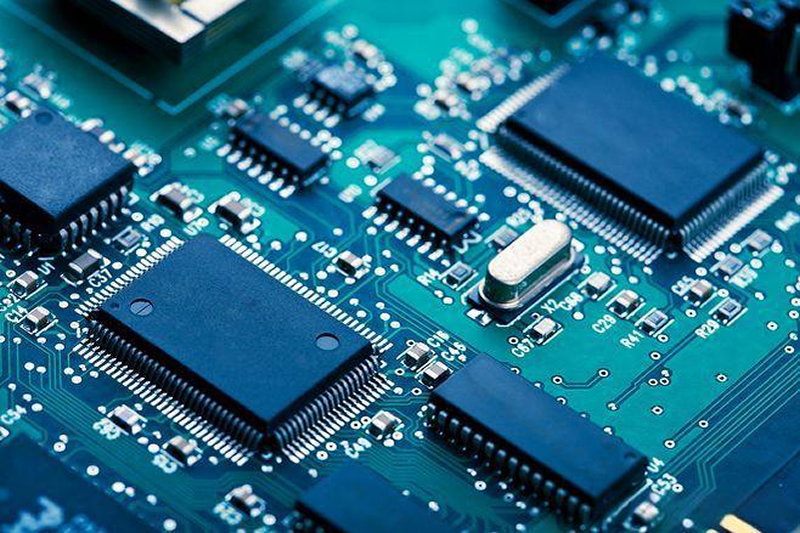
What is LDO? LDO, also known as Low Dropout Regulator, is a low-power low dropout linear regulator that automatically adjusts the voltage occupied by transistors or field-effect transistors in the linear region through internal negative feedback, obtaining a stable output derating voltage from the input voltage.
LDO can maintain a stable output voltage even when there are changes in input voltage or load current; Has extremely low inherent noise and high power supply rejection ratio PSRR.
LDO foot arrangement
◆ VIN: Power input terminal;
◆ VOUT: power output terminal;
◆ GND: output terminal;
◆ EN: Enable terminal to switch LDO;
BP: bypass capacitor terminal, connected with an external capacitor to reduce noise and improve the PSRR of LDO;
FB: Adjustable output voltage (ADJ) LDO feedback sampling terminal.
Main parameters of LDO
1. Output Voltage
There are two types of output voltage: fixed and adjustable. Fixed output voltage LDO is relatively convenient to use, and the output voltage accuracy after precise adjustment is very high. However, the set output voltage values are commonly used voltage values (such as 1.2V, 2.5V, 3.3V, 5V, etc.), which cannot meet the requirements of all application scenarios. In this case, adjustable output voltage type LDO can be used, and the output voltage can be adjusted within a certain range by simply adjusting the external resistance value.
2. Maximum output current
The maximum current required for the output of the voltage regulator varies depending on the power of the electrical equipment.
3. Dropout Voltage
To achieve normal voltage regulation, the input voltage VIN must be higher than the minimum voltage difference required for the output voltage VOUT (NOM). Under the condition of ensuring stable output voltage, the lower the voltage difference, the better the performance of the linear regulator.
4. Static current IQ
The current consumed by the system in standby mode and under light or no-load conditions is necessary to drive the high-power regulating tube. It does not flow to the load, but through the LDO to ground. Therefore, the smaller the current value, the better.
5. Line Regulation
A parameter that describes the linear variation of output voltage with input voltage. Obviously, the smaller the variation of output voltage, the better, usually a few millivolts; The smaller the linear adjustment rate of LDO, the less the impact of input voltage changes on output voltage, and the better the performance of LDO.
6. Load Regulation
When the load changes, the output voltage will also change accordingly. Generally, the larger the load, the lower the output voltage will be; The smaller the load, the higher the output voltage will be; The load adjustment rate is a quantity that reflects this change; Load adjustment rate is a very important parameter for many power supply devices, which reflects the ability of the power supply to suppress load interference. The lower the load adjustment rate, the smaller the impact of the output load on the output voltage, and the better the quality of the LDO.
7. Power suppression ratio PSRR
The input source of LDO often contains many interference signals, and PSRR reflects the ability of LDO to suppress these interference signals. The larger the value, the better, measured in decibels (dB).
LDO application
1. Security monitoring
2. Smart Home
3. Instruments and meters
4. Battery powered equipment
 Language
Language


 Your location:
Your location:



